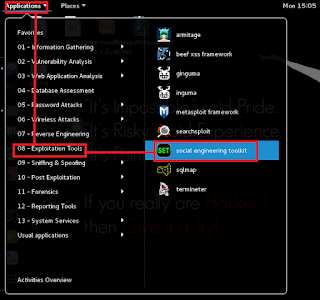Seven Handy Tips to Protect Your Device From Malware
Seven Handy Tips to Protect Your Device From Malware
Despite being done to death, the cliché that we live in a digital world has never been truer. People are always connected to their online network across various devices such as smartphones, tablets and laptops. Be it a mail from a client at two in the morning or a last minute update of a college lecture being cancelled, the seamless convenience connectivity offers is extremely useful in the on-the-go lifestyle that we have adopted today. While there are many antivirus programs available on the market to protect us against cybercriminals, as users we can also improve our cybersecurity by implementing a few simple manual checks. Here are seven measures that can significantly decrease the chance of a virus infection:
1. Rooting out the problem at its source:
To protect our device from viruses, it is vital to identify the sources of infection. Viruses and other malware usually make their way into an electronic device through a variety of mediums such as USBs or flash drives, downloads (particularly from unauthorised/unregulated websites), emails, links, and rerouting to a web address. While antivirus programs can detect most virus signatures, there are certain variants that cannot be detected due to unavailability of a signature or heuristic pattern. As such, users must always pay attention during these activities. Scan all USBs and disks before running and turn on email security on your antivirus to protect your device.
2. No more auto run:
Most of us turn on the autorun feature to save us from having to authorize every installation or upgrade. This is definitely not recommended, as it allows viruses to install malicious codes into the devices, even to the extent of disabling the security software. Every installation must be approved by the user as coming from a trusted source.
3. Browse safe, and stay updated:
In a bid to speed up browsing capacity, users often opt for third-party browsers which are not vetted or regulated. As such, they leave themselves wide open to the risk of browser exploits. Utilising safe browsers and updating them frequently reduces the risk significantly. Users can also disable website scripts by using a No Script Plugin and then white list trusted websites to optimize browser security.
4. All that glitters is not gold:
You’ve won the lottery for a million dollars, congratulations! The only catch is that you don’t even remember ever buying a lottery ticket. So, what is this email doing in your inbox? Most likely, it contains a link or document that is infected. Cybercriminals also use these emails and links for phishing to obtain confidential information for their benefit.
5. Protect your sessions:
The internet is infested with several malware just looking for an opportunity to infect your device. To prevent a virus attack, most antivirus software come with browser protection on your device. Make sure you have these turned on before you go online for a session
.
.
6. A wall of fire, your best protection:
Firewalls are called firewalls for a reason – they block all inbound connections that do not have a trusted, secure signature or are personally added by the user to their white list of connections. This ensures that the chances of a virus gaining unauthorised access to your system are greatly reduced.
7. Switching off unnecessary services:
Close any applications or services not in use. This not only clears up the RAM to speed up your device operation, but also decreases the risk of virus infection as it eliminates background operations. Configuring one’s system to match CIS Hardening Checklist for Windows is often recommended. While trying to clamp down on all cyber threats may appear to be tough, with these handy tips, you can drastically reduce the chances of your devices being affected by a virus without much effort. So here’s to enjoying the freedom of seamless connectivity without worrying about compromising one’s security!


Comments
Post a Comment